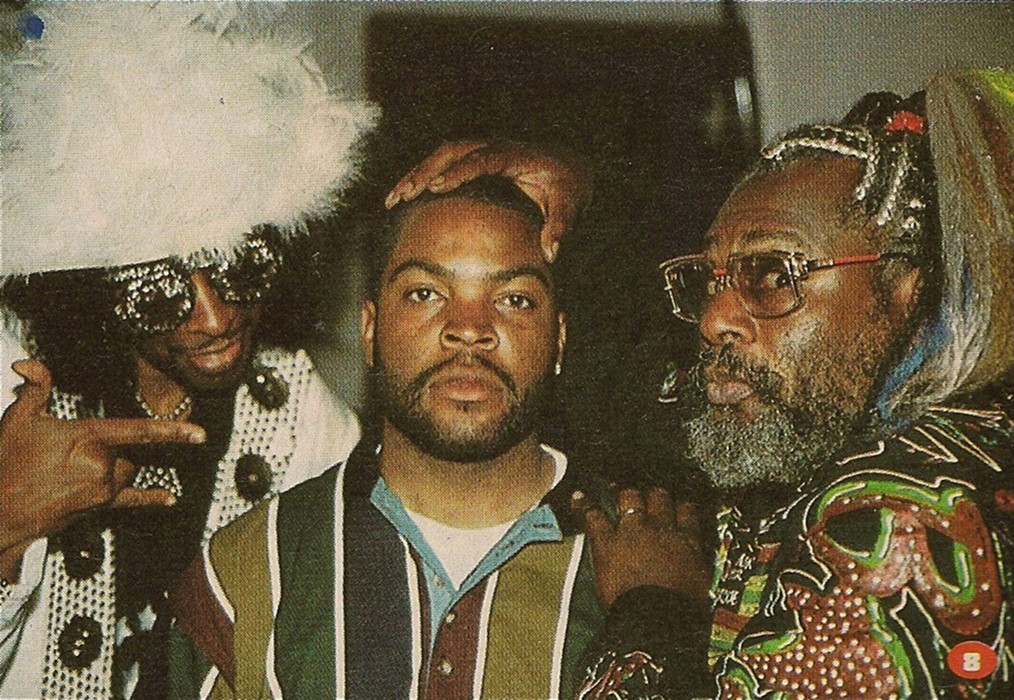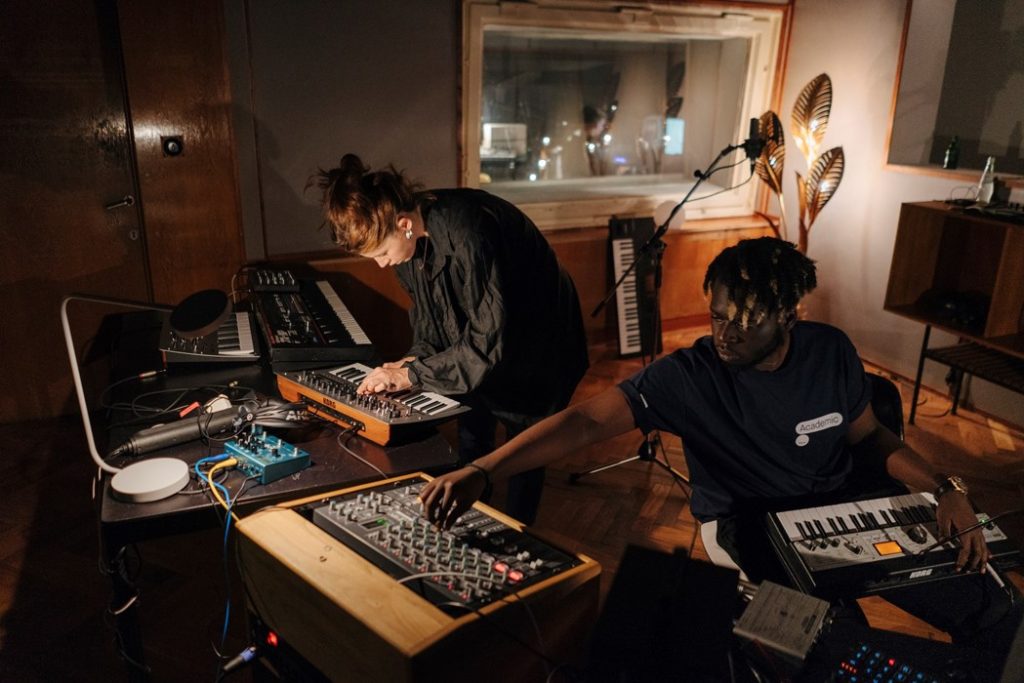Melodic Shift
Endeavoring to untangle the intricate sonnet that intertwines digital sampling, traditional virtuosity, and our evolving cultural symphony.
In the celestial symphony of melodies, the idea of digital sampling, while seemingly a modernistic overture, resonates with the nostalgic cadence of antiquity. Yet, its birth note has undeniably resonated a symphonic quake across the vast musical terra firma. Often misconstrued as a usurper of traditional virtuosity, it has, in truth, nourished novel artistic blooms and retuned the rhythm of the music industry.
‘Digital sampling’—an expression typically evoking the act of extracting delicate fragments of existing musical tapestries and interweaving them into vibrant sonic mosaics. The discord surrounding this methodology isn’t inherently tied to the act of borrowing; musicians have been drawing inspiration from and augmenting each other’s compositions for eons. The rub, rather, lies in the crossroads of technological progression, copyright intricacies, and cultural perception.
Historically, the artistic recycling and reshaping of music isn’t a fresh invention. Musical maestros from the cloistered halls of the Middle Ages to the stately courts of Mozart have borrowed motifs, melodies, and entire sections, crafting them into fresh compositions. The breadth of technology, however, has invigorated this old-world practice, laying the foundation for the contemporary digital remix symphony. The lexicon of the “remix age,” “remix culture,” or “mashup society” has caught the wind, heralding a fresh dawn in both auditory and visual culture.
The leaps and bounds of technological progress have indeed democratized the craft of music, enabling anyone armed with a laptop and a spark of creativity to enlist in the ranks of composers. Yet, the dazzling promise of this digital age can’t entirely eclipse the shadows it casts. Queries of ownership, copyright, and even the essence of creativity itself swirl in this digital maelstrom.

As we delve deeper into this digitized epoch, we grapple with novel conundrums. Artists who once championed the practice of sampling, such as George Clinton, now tread a maze of copyright laws and ownership claims. Record companies, typically the guardians of music rights, stand ready to reap the financial harvest arising from their copyrighted compositions being sampled. Yet, in the maze of legal and economic jargon, the listener’s experience often fades into the background. The spark of recognition that a sampled tune ignites can launch a potent wave of nostalgia and connection, stitching together the tapestry of personal and shared memories. This auditory déjà vu can bridge chasms across generations and even musical styles.
As the digital revolution strides forward, a spectral query lingers—does the ascendancy of digital sampling foreshadow the dusk of traditional musicianship? While it’s irrefutable that digital sampling has greatly diminished the demand for conventional musicians in the recording process, the artistry woven into live performances remains unscathed. The tactile thrill of a guitar string, the haunting hum of a cello, the raw, unfiltered surge of live vocals—these are elements that no digital mimicry can faithfully reproduce.
The recording studio, with its near-infinite capacity for sound manipulation and ‘perfection,’ operates under a distinct aesthetic from the grandeur of the concert hall. Let us recall the words of the renowned pianist Alfred Brendel, “The ability to convince the public in the concert hall is quite independent of absolute perfection. The studio is ruled by the aesthetics of compulsive cleanness.” The sense of spontaneity, of being present, of synchronizing breaths with the audience—these elements embody the soul of live music, seemingly impervious to the encroachments of digitization.

In conclusion, while digital technology has opened a new chapter in the chronicles of music production, it certainly doesn’t toll the knell for traditional musicianship. Rather, it has gifted another instrument for musicians to explore and articulate their creativity. With this perspective, we can anticipate the ‘Melodic Shift’ with eager curiosity for the new melodies, genres, and narratives that will emerge from this harmonious marriage of tradition and technology.